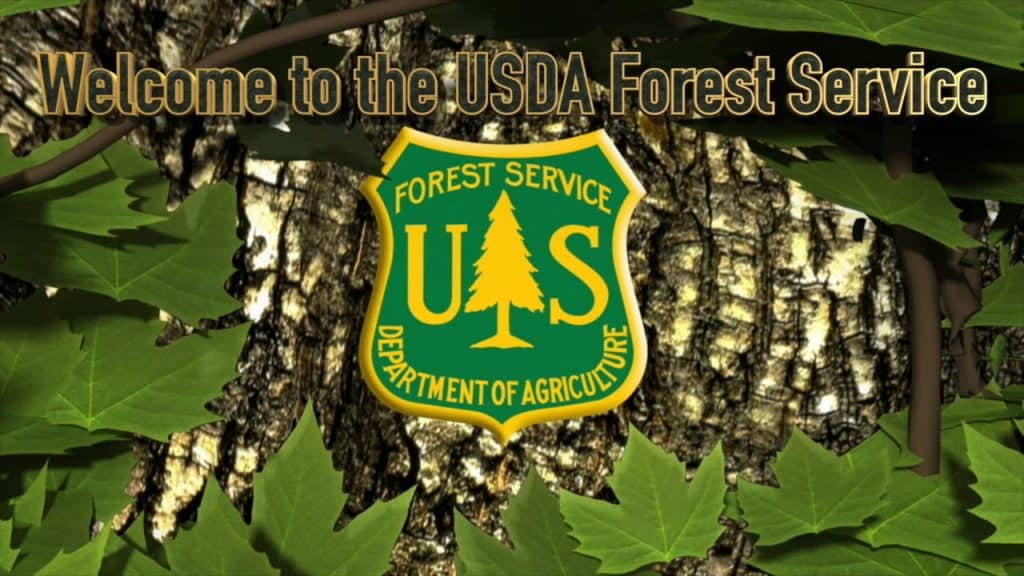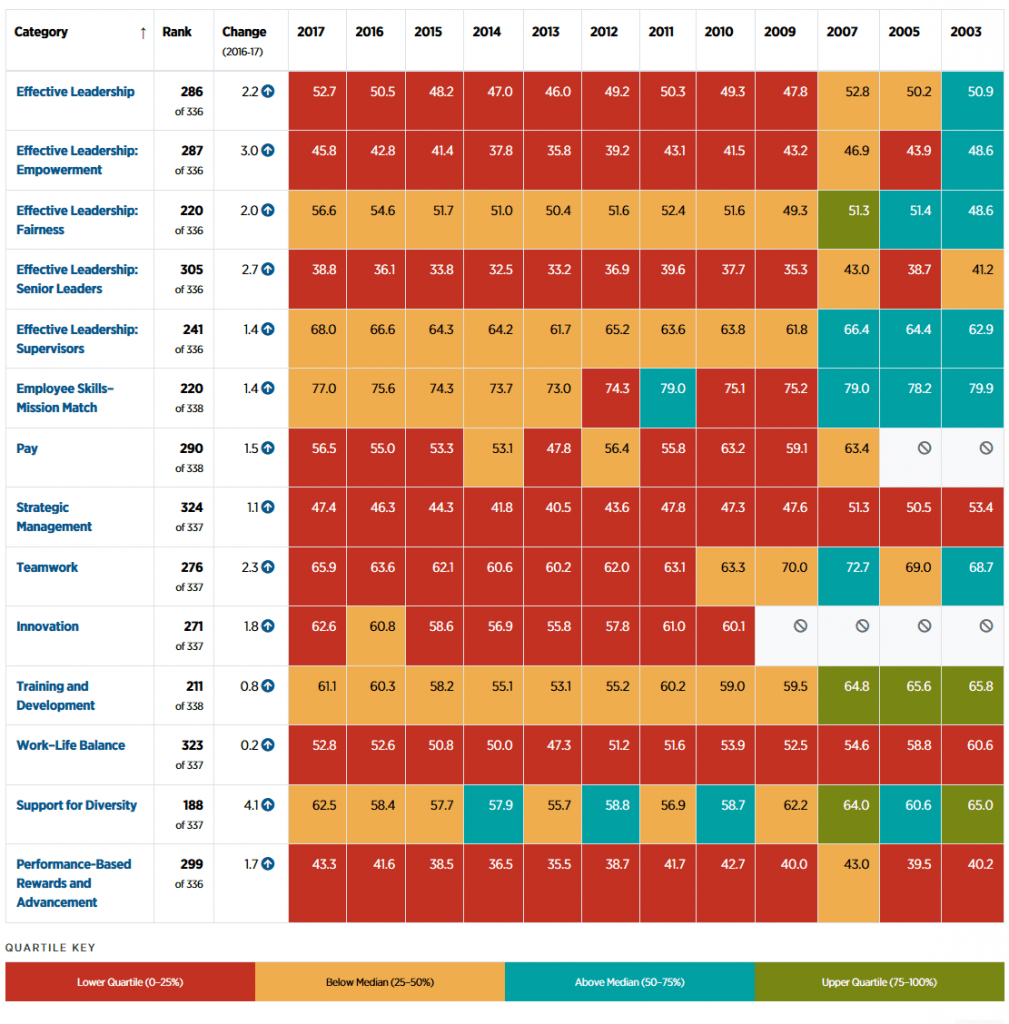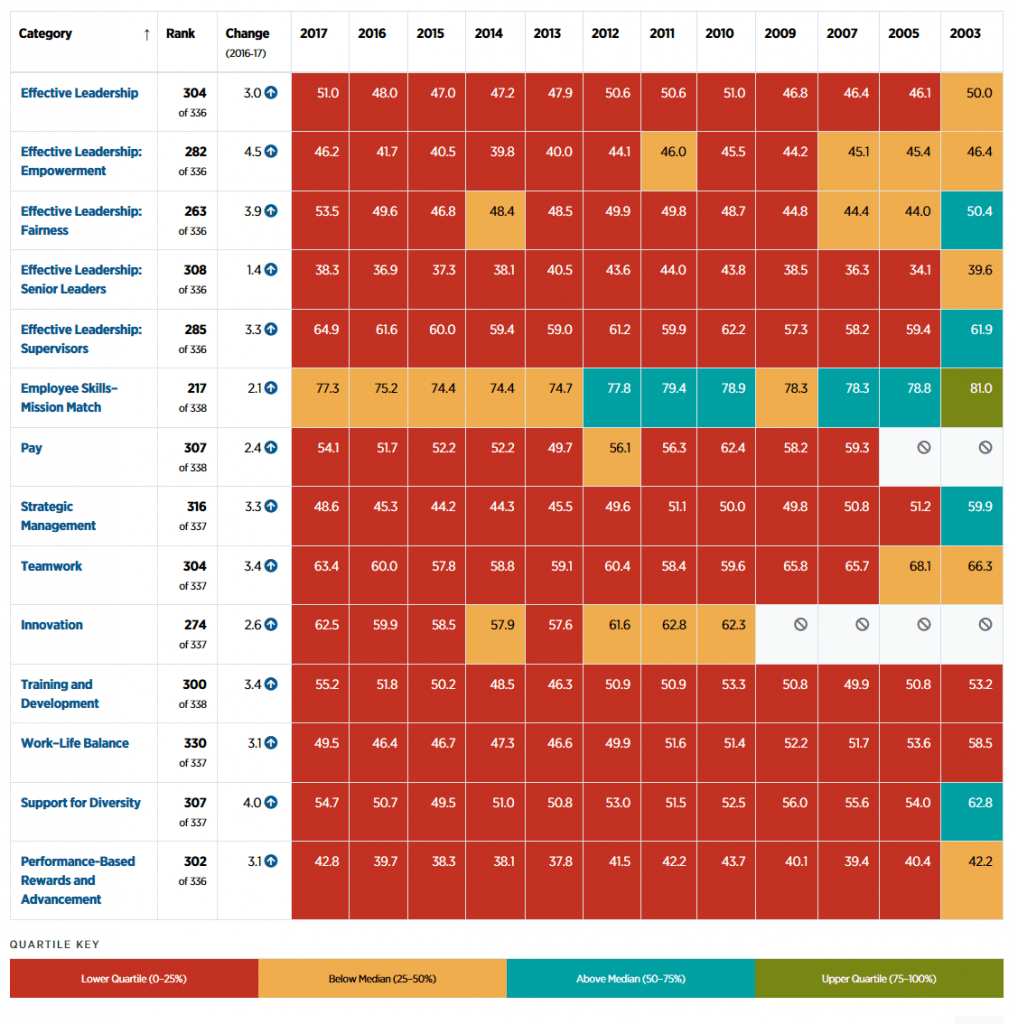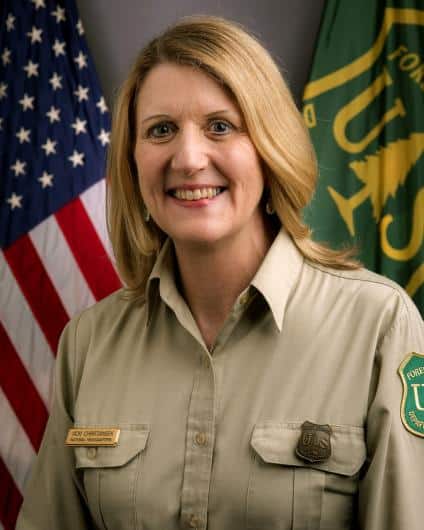
Thanks to Susan Jane Brown for sharing the link to the Fire Adapted Communities Learning Network. It is a joint effort by TNC and the Watershed Center. There are many interesting posts there, (and it’s great that there’s a whole section of Fantastic Failures), and I thought I’d highlight this one that tells a story about building trust between the Karuk Tribe and the Forest Service, by Bill Tripp. Trust is something that people in communities can develop- perhaps it’s harder for national groups or for national elected officials. Perhaps the exercise of trust-building is not honored as it should be. I’m thinking of a national FS award nominated by externals, with a chunk of change for projects associated with it. This story depicts how a negative interaction, plus continued willingness to work together for mutual interests, are leading to a better future. Kudos to the collaborators for not giving up, and the Forest Service for fixing what went wrong.
“Can we have a meeting with the contractor?” I asked.
“They tell me I can’t even go to the project site without permission from the contracting officer in Redding” replied the new forest ranger.
We worked diligently to find solutions, but the contracting regulations created barriers at every turn. We couldn’t find resolution and landed in court, the last place any of us wanted to be.
Our stories were told, and it was determined that there was a violation of the National Historic Preservation Act in failing to follow through with the identified protection measures. The judge asked me, “Do you want this project to go away?”
I sighed. “We agreed in the beginning that something needs to get done … we just need to do it right,” I said.
With that, we settled on a remedial plan that was partially negotiated, and partially prescribed by the judge.
The project resumed, but now with Tribal and local Forest Service staff on-site during much of the implementation. Many of the timber units were logged, some of the hand treatment work was done, yet follow-up burning still hasn’t happened. To this day, there are cut trees on the ground and units left untreated. The contractor stopped coming back, presumably due to low timber values, long-haul costs and a bitter taste in his mouth over the delays.
….
A failure? For the most part, I would say yes. However, and oddly enough, relationships among those initially collaborating improved, understanding was gained, and a foundation for building trust was established. Collaboration didn’t stop, it grew stronger.
The Nature Conservancy’s Fire Learning Network offered facilitated dialogue. We began to access the Fire Adapted Communities Learning Network’s communication channels and peer network. We participated in the formulation of the National Cohesive Wildland Fire Management Strategy. We strengthened our relationships with the state of California. We increased our capacity through hosting Prescribed Fire Training Exchange (TREX) and participating in the TREX coaches network. We helped spawn the Indigenous Peoples Burning Network. This local, state and national work renewed our vigor in community-based action and allowed us to connect again with local partners in the co-design of the Somes Bar Integrated Wildland Fire Management Project (“Somes Bar”).
Although Somes Bar is about twice the size of the OCFR project, we have learned from our past mistakes and feel ready for the challenge. We started differently where things went wrong before. We have seen consistency within the USDA Forest Service despite staff turnover. We have created a more inclusive process and established a shared identity through the Western Klamath Restoration Partnership (WKRP). We settled on a planning area of 1.2 million acres. We are using stewardship agreement authorities that enable our collaborative group to stay engaged during all of the phases — planning, implementation, monitoring and adaptive management. And we have begun to look back at the OCFR project to see how we can bring it back to life under its original intent.









